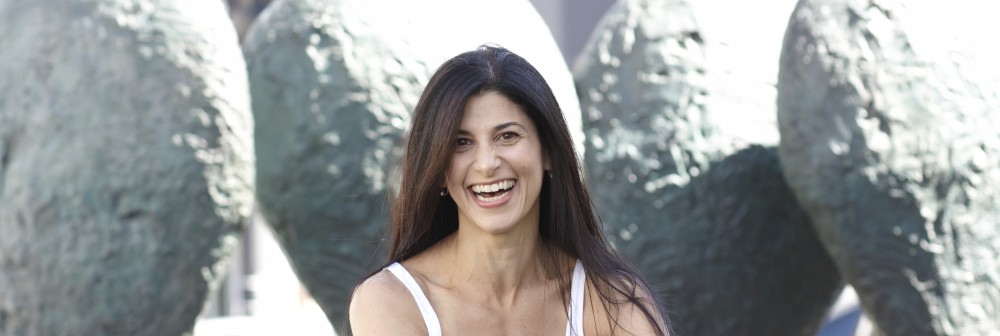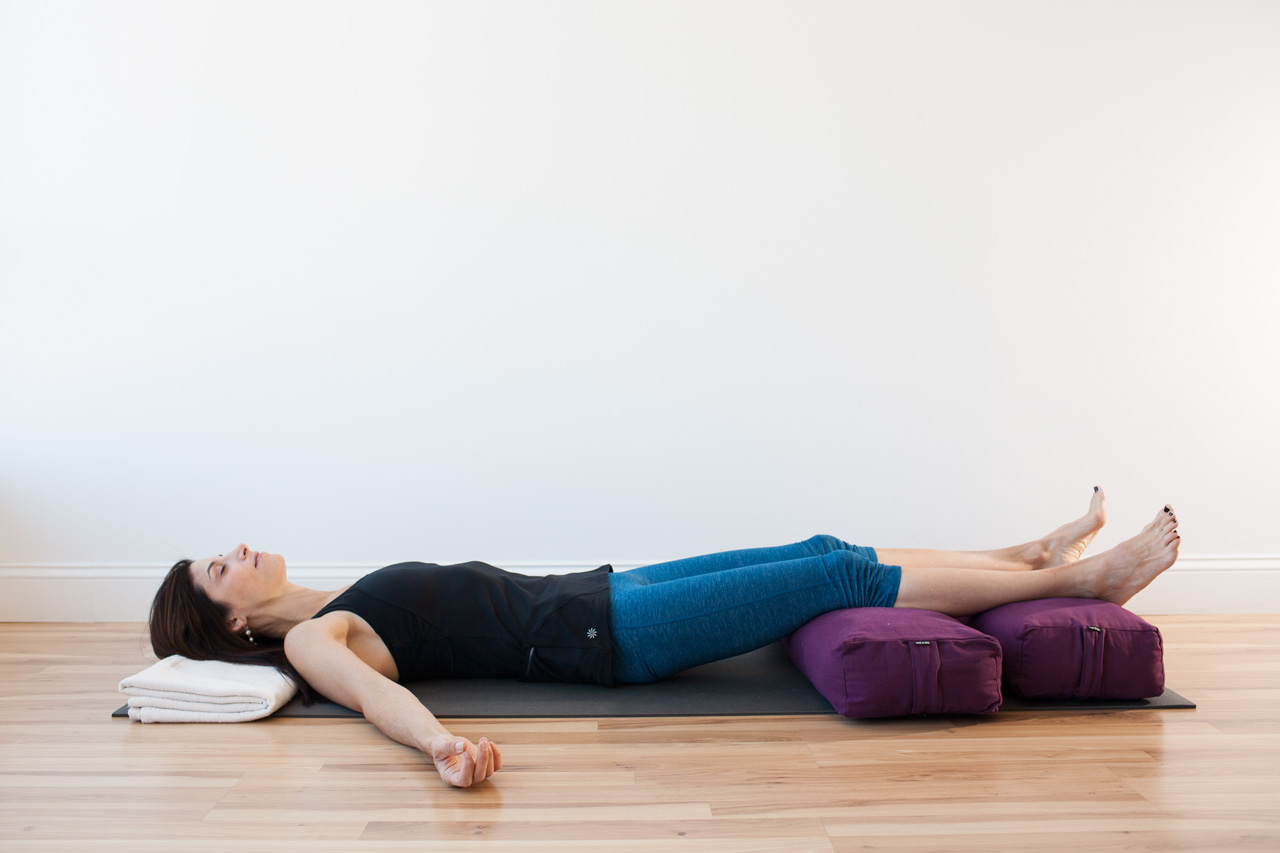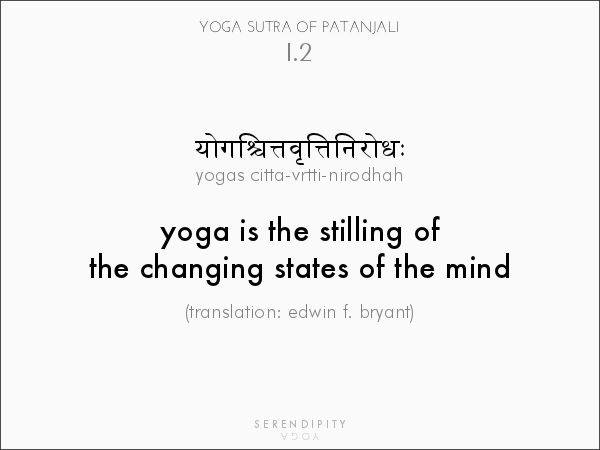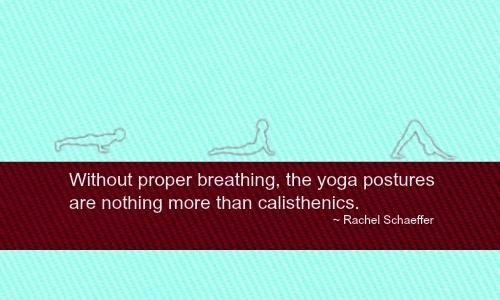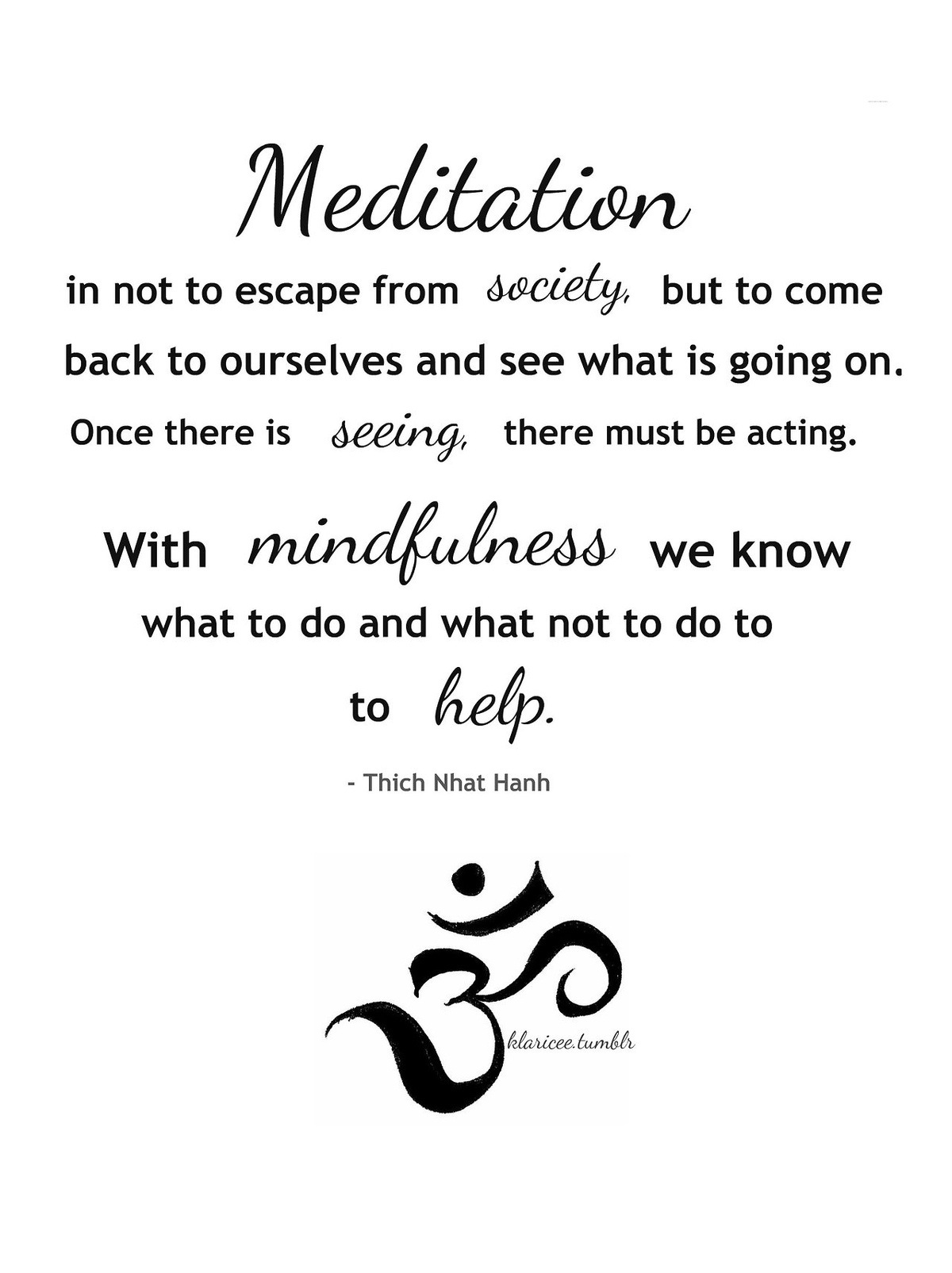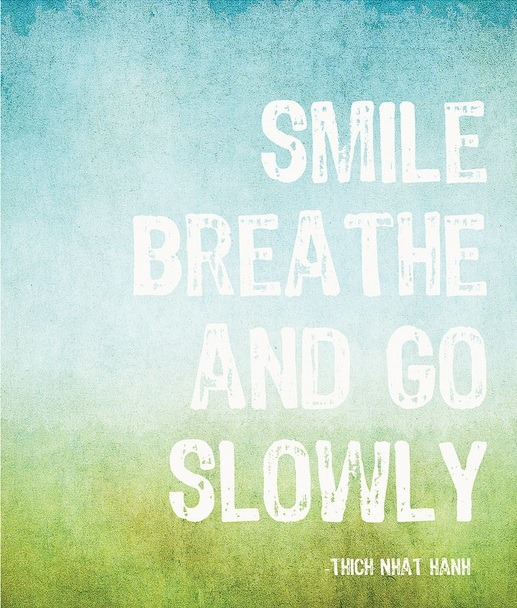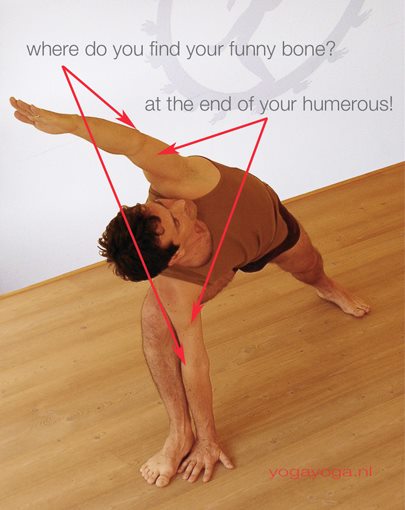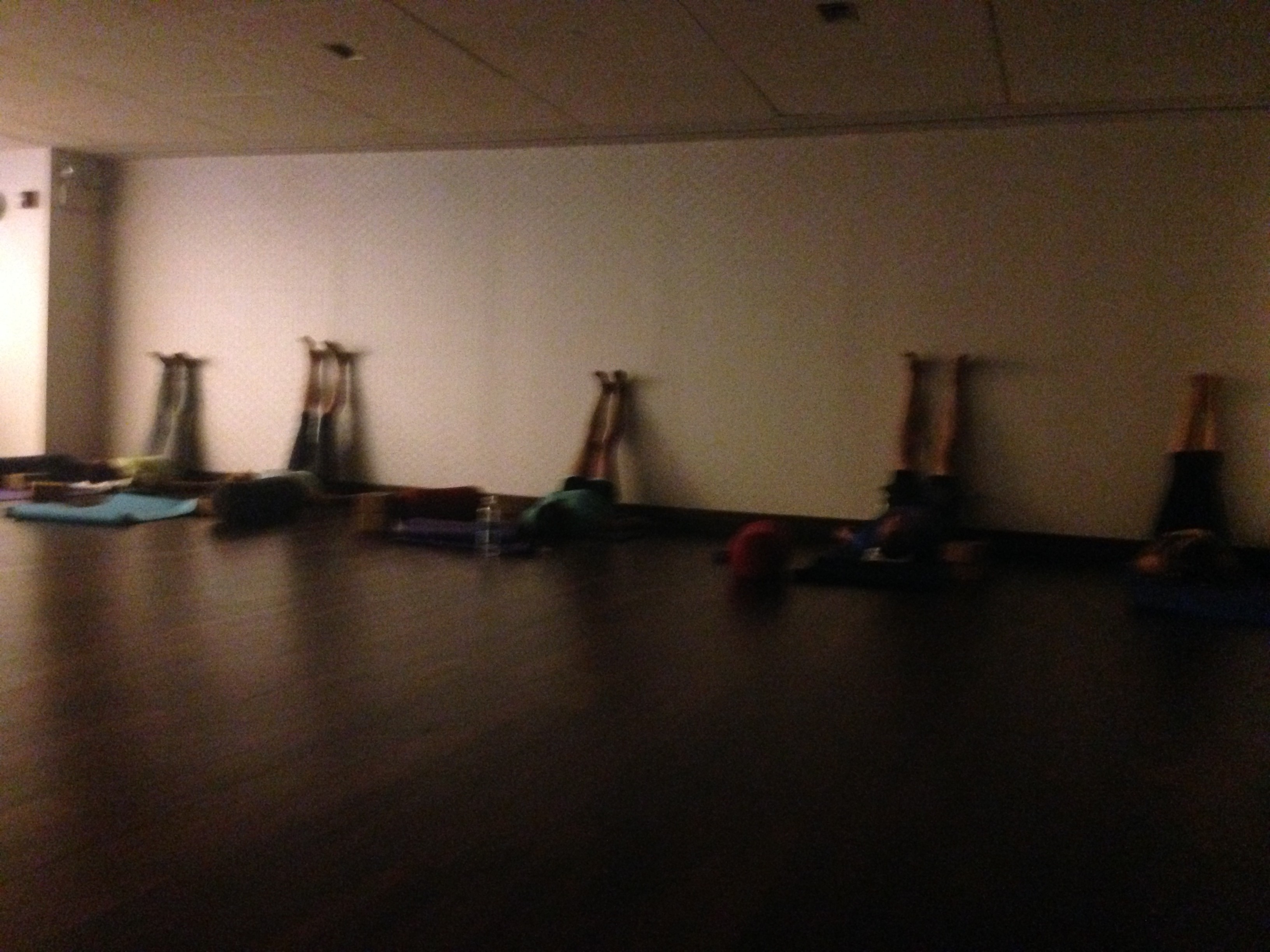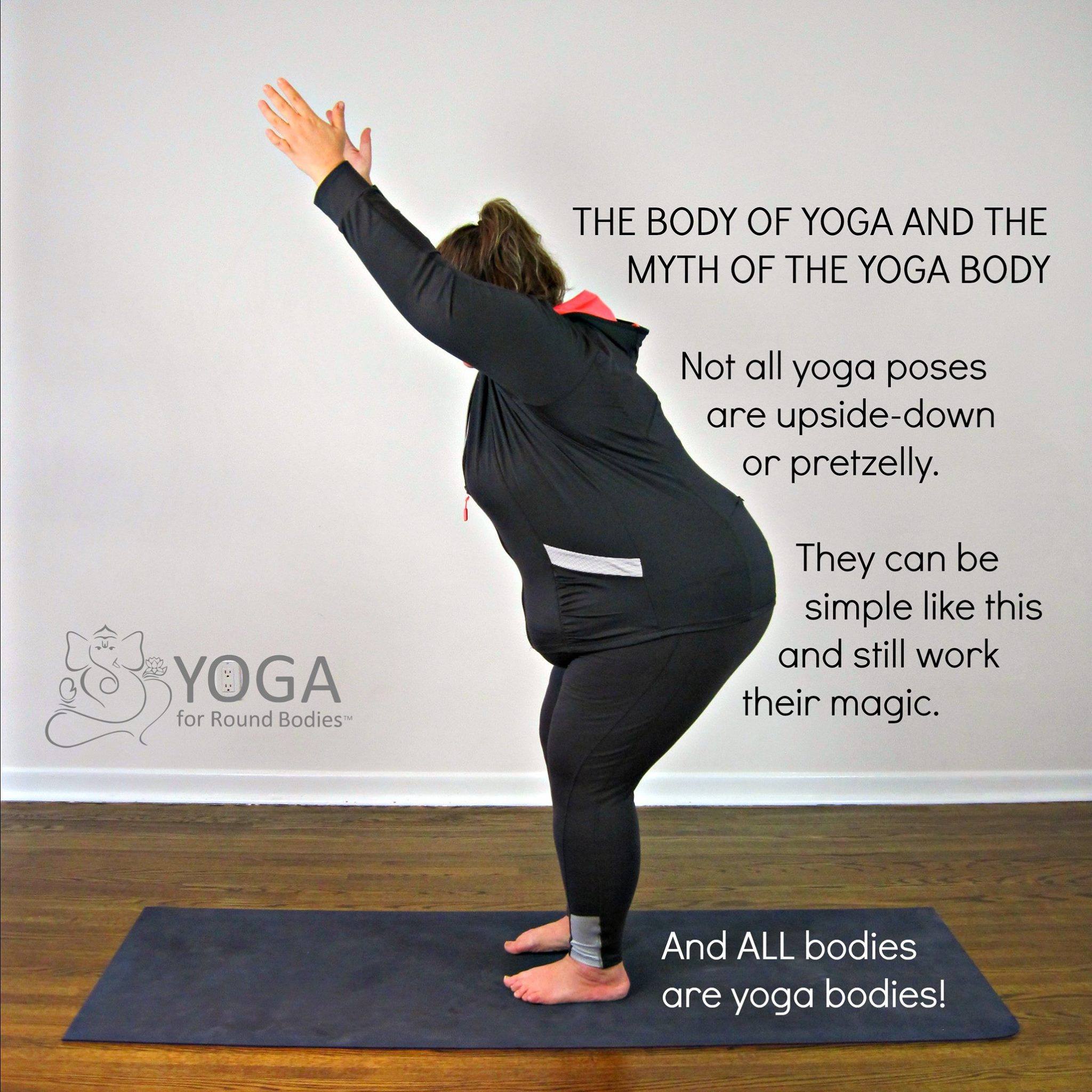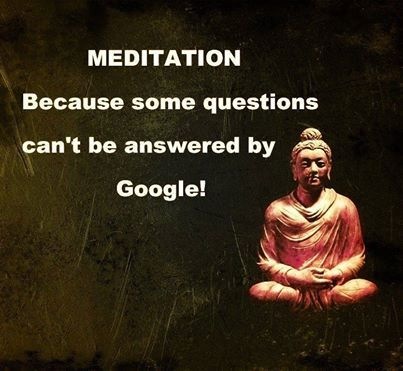Restore Your Calm
PeaceFULL : A Restorative Yoga Workshop to Combat Holiday Stress and Help you Reconnect With Your Calm Centre
Holiday Season is upon us, yet with all the extra festivities, so many people are stressed-out, with huge ‘to-do’ lists and “get-it-done” momentum, leaving them feeling exhausted, pressured and with no ability to recover. As the workload increases, and our social calendars fill, our digestive system becomes overloaded and sluggish, and our nervous system can feel more frazzled than filled with joy.
Restorative yoga is the antidote and will benefit and balance out the more active practices that Yoga offers. This specially themed class is a practice of BEING poses, postures held with strategic placement of props for an extended period of time, where the practitioner can detoxify, replenish and recover from fatigue, overtraining, and anxiety. We will also include breathing practices and deep relaxation to help regulate, repair, and allow your body to naturally release tension, elongate chronically tight musculature, and help you access your inner core of joy and peace, light and love.
Come and celebrate the season by immersing yourself, in this peaceFULL practice that will give you the gift of relaxation and rejuvenation so that you can enter into 2015 with a calm and centered approach. It is appropriate for all levels and all are welcome.
$25 in advance call 201-993-1110
$30 at the door
Sunday, November 23, 5:00 – 7:00 P.M.
Jivamukti Yoga Center Jersey City
